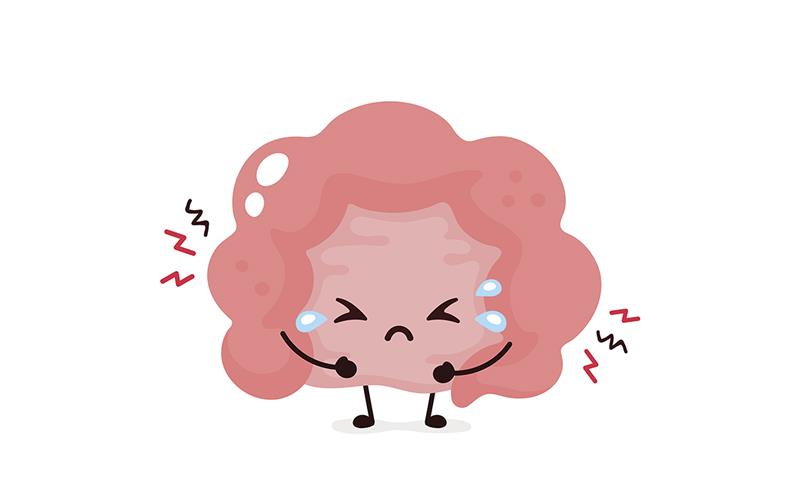Content on this page:
Content on this page:
Overview
Constipation is defined as a delay or difficulty in bowel
movement persisting for more than 2 weeks causing significant distress. It is a
common digestive problem, but not a disease and usually not serious as stated
in the Introduction section. While
further discussion on the prevalence of constipation in children is in the Epidemiology section.
In the Pathophysiology section,
the usual start of constipation in children and the effects of it are
discussed.
Factors that can contribute and lead to the development of constipation
in children are enumerated in the Risk Factor section.
The Classification
section differentiates the different types of constipation.
 Constipation in Children_Disease Summary
Constipation in Children_Disease SummaryHistory and Physical Examination
Signs and symptoms of constipation in children are
enumerated in the Clinical Presentation
section. Some of which are absence of bowel movement and irregular stool
texture.
The History section enumerates the key components of history
taking in children suspected of having constipation. While the Physical Examination section enumerates
the focus of assessment during the examination.
Diagnosis
The Diagnosis or
Diagnostic Criteria section features the Rome IV diagnostic
criteria of functional constipation in different age groups of children.
Laboratory studies are generally not necessary unless an
organic disease is suspected from history and physical examination and the
child is unresponsive to adequate treatment. The Laboratory
Tests and Ancillaries and Imaging sections
enumerate these tests.
The Differential
Diagnosis section discusses Hirschsprung disease and spinal cord
abnormalities that may or may not be associated in children with constipation.
Management
In the Evaluation
section, red flags (eg abnormal appearance of anus, gross abdominal distention)
indicative of organic constipation is enumerated.
As discussed in the Principles
of Therapy section, a normal fiber and fluid intake, and normal
physical activity, in combination with education and demystification, is the
recommended initial treatment strategy for functional constipation. Other treatment
strategies and indications for specialist referral are also discussed.
Oral disimpaction is the preferred management strategy for
pediatric constipation. The Pharmacological
Therapy section enumerates initial
and maintenance therapies for disimpaction.
Parental education and behavioral and dietary modifications
are discussed in the Nonpharmacological
section.
Surgical procedures may also be considered in children with constipation,
and they are enumerated in the Surgery section.
The child’s treatment response assessment tests are
mentioned in the Monitoring section.
While the Prognosis section
discusses the possible outcomes of treatment of children with constipation.








